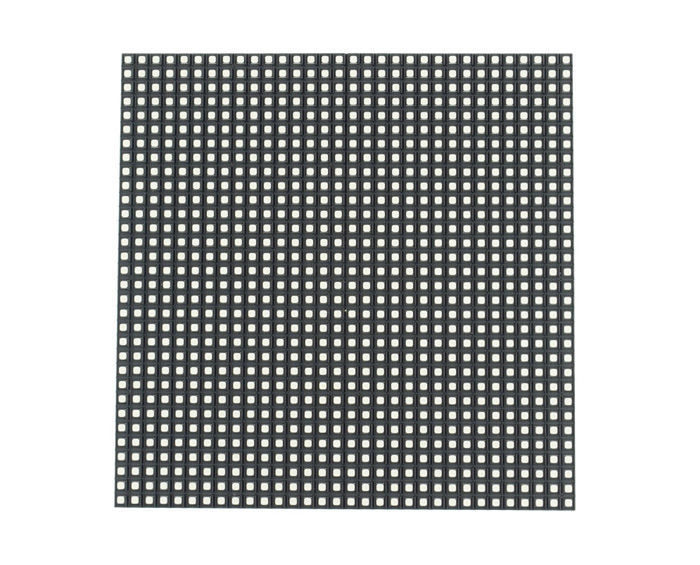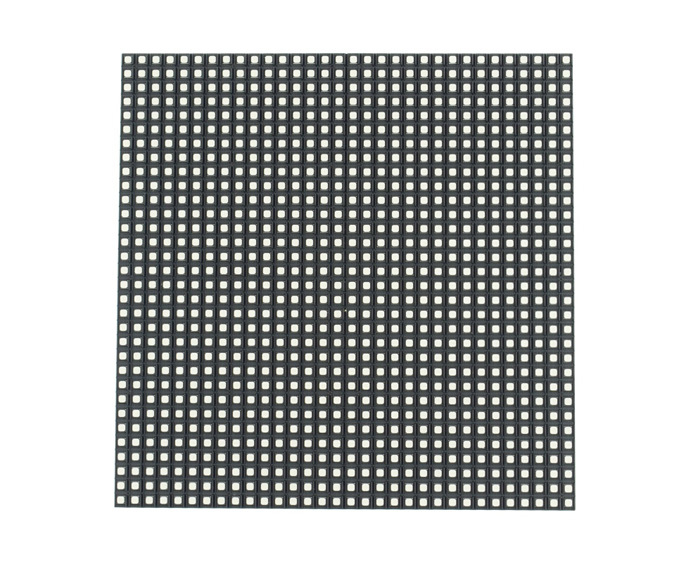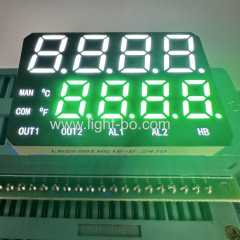You are here: home > Industrial News > Main points of maintenance of LED grid screen
Product (126)
- Indoor LED Display (30)
- Outdoor LED Display (9)
- Special Function LED Display (18)
- Rental LED Display (27)
- High-tech Small Pixel Pitch LED Display (16)
- Fixed Installation LED Display (23)
- Others (3)
Case (4)
Industrial News (19)
Enterprise News (20)
Factory View (1)
Download (15)
Solutions (9)
Technology (3)
FAQ (3)
About us (2)
Video display (2)
Credit Report
Products Index
Company Info
Hot Electronics Co.,Ltd [China (Mainland)]
Business Type:Manufacturer
City: Shenzhen
Province/State: Guangdong
Country/Region: China (Mainland)
Premium Related Suppliers
Industrial News
Main points of maintenance of LED grid screen


1, in the oblique scanning, interlacing regularity not bright display 1. overlapping A.B.C.D signal input port to check whether there is disconnection or weld 245, short circuit.
2, detect whether the A.B.C.D signal is short circuit or a signal is connected or blocked, mainly detect ABCD line signal.
3,The output end of the A.B.C.D 3, measuring 245 corresponding to a circuit or weld and 138 are short.
4, when scanning, there is no normal scan, check the clock (CLK) or latch (STB) signal and the test card is connected or wrong.
When there is a line of bright or not bright peer short circuit between 138 and 4953 whether the detection circuit or short circuit weld.
In a scan, two or more lines (usually multiples of 2, regular) are lit at the same time.
1.check whether the A.B.C.D signals are short circuited
2.check whether the A.B.C.D signals are short circuited
There is a problem of short-circuit output
1.check the output interface to the signal output IC whether the line is connected or shorted.
2.detect the output clock latch signal is normal.
3. Check whether the output of the last drive IC is connected with the data port of the output interface or whether it is short circuited.
4.whether the output signals are short circuited or shorted to the ground.
5. check the output cable is good.
On one or some columns does not shine on the module to find the control weld of the column pin, and test whether the driver IC (YZ5026/TB62726) is connected with the output end.
Single or single row, high brightness, or full line brightness is too high, and uncontrolled.
1. Check whether the line is short circuited with the power supply.
2. Check whether the column is short circuited with the power source.
3. replace its drive IC.
The above is for everyone to introduce the LED grid screen maintenance and debugging methods summary, and I hope to help you. Want to know more, welcome to inquire...
Pre Page:
Hot Electronics professional custom LED...
Next Page:
What do you need to pay attention to the...




